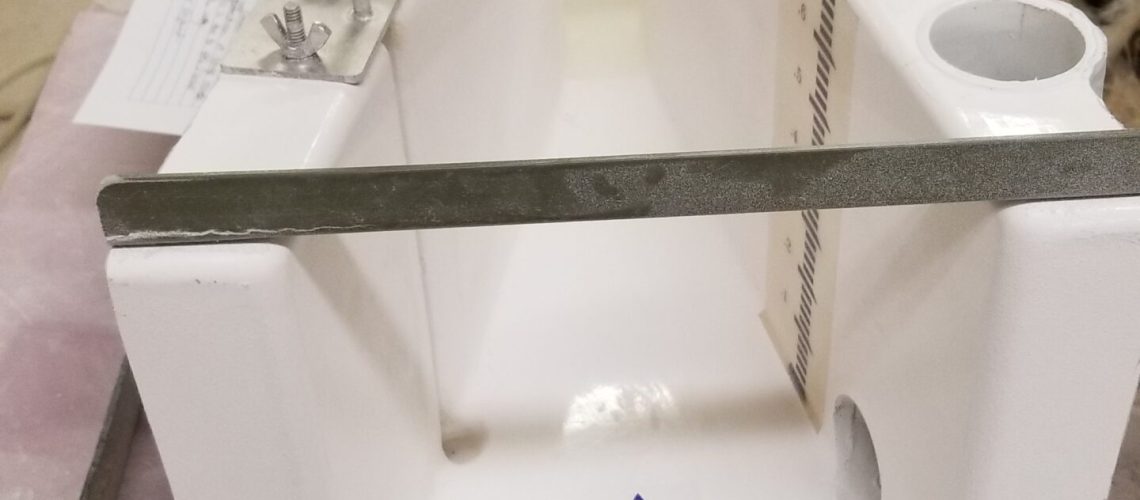Choosing which measurement device you’re going to use for your flume or weir is one of the most important decisions in the entire flow rate measurement process. Both bubblers and ultrasonic flow meters can get the job done, but the best option depends largely on the conditions of your flow channel. Check out the important differences between bubblers and ultrasonic flow meters, and discover which is best for you.
Advantages of Bubblers
When you utilize a bubbler, you’ll find quite a few advantages you may not want to miss out on. One of the most prominent advantages is just how accurate they can be. You’ll find a level of measurement revolution that’s typically 4 times as fine as what you’ll find with ultrasonic flow meters. If you’re dealing with a low flow, this is practically a necessity if you want measurements to be as accurate as possible. You’ll also find that bubblers are effectively immune from foam, turbulence, debris and temperature fluctuations, making them the only option in flow channels where these conditions can’t really be eliminated.
Disadvantages of Bubblers
Bubblers have a lot to offer, but there are downsides to be aware of. In order for a bubbler to function properly, it utilizes an air compressor. This air compressor is a moving part, and it’s relatively fragile, meaning you’ll have to perform maintenance on the bubbler regularly. With how fragile the air compressor is, the time between failures compared with an ultrasonic flow meter is going to be less. Plus, the air compressor is quite energy-intensive, so you’ll have to account for that when it comes to calculating the full cost of this device being implemented in your weir or flume. Additionally, debris, oil and grease underneath the surface of the flow can get lodged into the bubbler and inhibit its operations.
Advantages of Ultrasonic Flow Meters
Ultrasonic flow meters are often the preferred devices in a variety of situations thanks to their long list of advantages. They tend to get the job done in a variety of different situations, with manufacturers relying on time-tested and reliable techniques and designs that have been proven to be effective over and over again. You’ll also find options for solar-powered meters along with battery models, so you don’t have to have a plug near your flume or weir for proper installation. These devices tend to be quite durable as well, with low failure rates and a long time between maintenance cycles.
Disadvantages of Ultrasonic Flow Meters
The downsides of ultrasonic flow meters primarily center around how they operate. These devices shoot waves toward the flow from directly above and measure how long it takes for them to return from the surface. This works great until something is in the flow that the device can mistake for the water’s surface. For example, foam and debris can read higher than the actual surface of the flow because they’re sitting on top of the water.
Device Mounting From Tracom
The issue of bubblers versus ultrasonic flow meters has no clear, universal answer, but Tracom can help no matter which you opt for. Among our accessories, you’ll find both probe holders and ultrasonic brackets. Contact us today to see for yourself.



